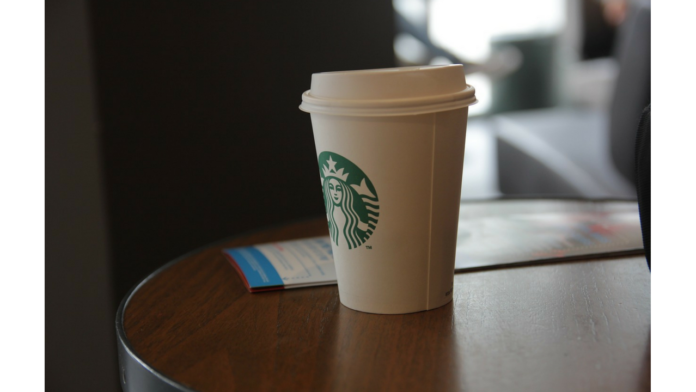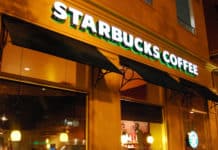
I have to admit that I don’t like the Starbucks organization. Their coffee tastes okay, but there are 28,000 stores – which sounds more like mass production than a restful coffee shop. Their twelve-ounce “tall” coffee cost twenty or thirty cents more than it did at Caribou the last time I visited Starbucks – which admittedly was during the 2015 Christmas Holidays.
Back then Starbucks made a big deal out of replacing their holiday decorated paper cups with dark red ones (with the green company logo of course). The new paper cups didn’t matter to me, but Starbucks posturing as an example to us all angered me. Starbucks said that Christmas was a religious holiday, and since not everyone celebrates Christmas, holiday cups make those customers uncomfortable.
Really? I thought the argument that the old cups with their pictures of reindeer and ornaments on them threatened people was silly. And was also not favorably impressed when the Starbucks barista told me after I asked, that they were prohibited from wishing customers a “Merry Christmas.”
Then last week Starbucks was the big story in the papers. On June 20 the Washington Times reported, “Starbucks may have appeased progressives with its social-justice workshops and open-bathroom policy, but such moves have failed to caffeinate [cute metaphor] the company’s bottom line. The coffee giant’s stock took a tumble Wednesday after CEO Kevin Johnson said that Starbucks would close 150 company-owned stores next year instead of the expected 50, with most closures being their underperforming shops in densely populated urban areas.
During a financial call to markets, “Mr. Johnson also acknowledged that the Starbucks decision to close 8,000 of their U.S. stores on May 29 for anti-bias training, driven by the high-profile arrests of two black men at a Philadelphia location, played a role in the company’s sluggish second-quarter performance.”
Analyst Jim Cramer at CNBC, who also personally owns a restaurant, then jumped in and confronted CEO Johnson, “How can Starbucks meet its targets when many stores may need to add employees just to keep a closer eye on restrooms? I know that when there are bathrooms that are not clean, there are still people who want to use the bathroom. I totally get that the bathroom users are not paying, but [my restaurant] we’d still have to add a shift member. I cannot believe that your licensees didn’t see that, too. No one wants to add a shift member because it costs too darn much. How are you going to keep costs down if you have to add a shift member?” Unsaid was that apparently one Starbucks answer to losing customers and having increased costs was to raise prices, which they did without announcement.
The next day I visited a Caribou coffee shop in Edina, Minnesota. There was only a half dozen customers there, and I thought I’d share the news about the challenges being faced by their major competitor with the college age young woman behind the counter.
ME: “I know you’ll be pleased to hear this. I just read a Wall Street Journal article that reported that your big competitor, Starbucks, is losing customers and closing some inner city stores. They are also raising prices. The Starbucks 12-ounce coffee will cost between $1.95 and $2.15 depending on where its located. Did you know that?”
SHE: Shrugging, “I don’t know about prices, but I knew they were in trouble. People are angry that Starbucks wouldn’t let two black men have the key to their bathroom just because they weren’t customers. Then the police arrested them when they refused to leave.”
ME: “Maybe, but everyone can use the bathrooms and hang out in a Starbucks now whether a customer or not. I’m just wondering if that policy has something to do with why they are losing customers in many of their inner city locations. I thought one reason might be that an environment which welcomed and even invited street people to come and hang out might be unappealing to their regular customers.
SHE: “I don’t understand.”
ME: “Never mind. It’s just coffee.”














